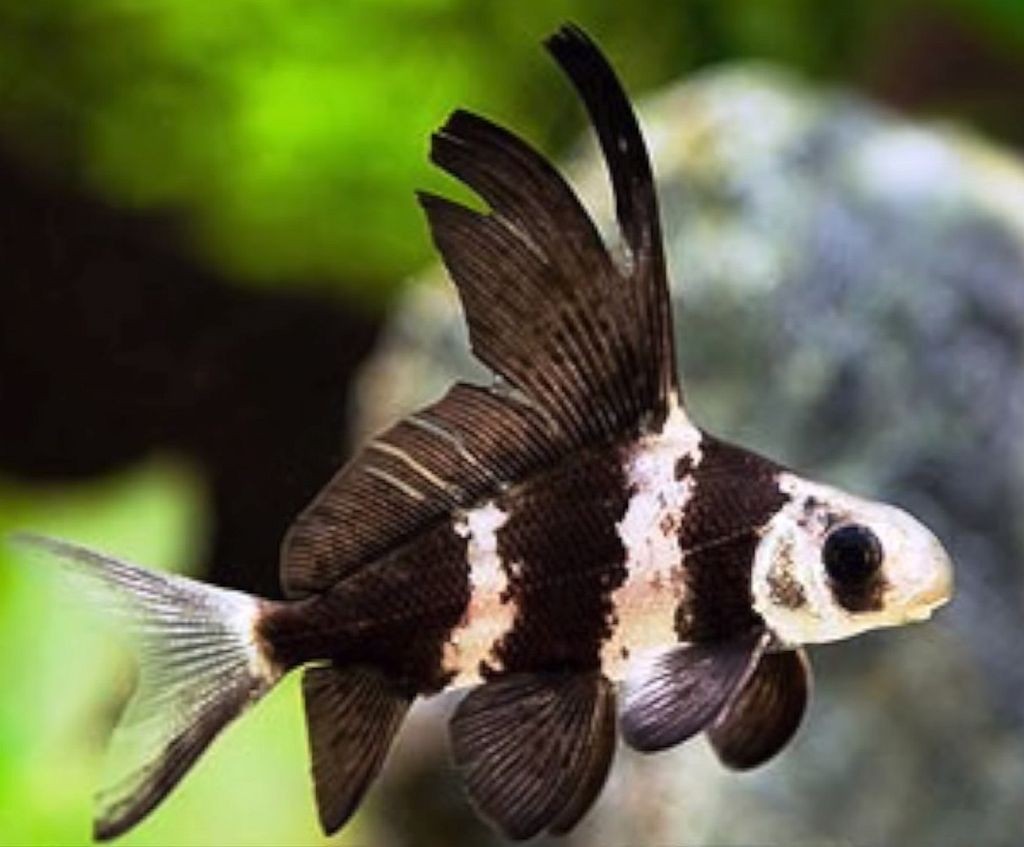Chinese Banded Shark
The Chinese banded shark is a fascinating aquatic creature that captures the attention of many aquarists. Its unique appearance, impressive size, and unusual behavior make it a popular choice among lovers of aquarium fish. In this article, we are going to explore the Chinese banded shark, its behavior, habitat, and diet while providing useful information on how to care for them.
The Pain Points of Owning a Chinese Banded Shark
Before owning a Chinese banded shark, it is important to be aware of the pain points that come with owning one. Firstly, they require a large tank, at least 150 gallons, due to their size. Their diet also includes live and frozen foods, which can be expensive and relatively hard to come by. Lastly, they are not recommended for beginner aquarists as they require proper care and attention.
Understanding the Chinese Banded Shark
The Chinese banded shark, also known as the high-fin banded shark or the Chinese sucker fish, is a freshwater fish native to rivers and lakes in China. They can grow up to three feet long and require a spacious tank as they are active swimmers. They are peaceful and can be kept with other non-aggressive fish that are similar to their size. They are nocturnal creatures and usually come out at night to feed, so it's best to provide some hiding spots during the day.
Main Points to Consider when Owning a Chinese Banded Shark
If you’re considering keeping a Chinese banded shark, here are some key points to take into account:
- They require a spacious tank of at least 150 gallons
- They thrive in a peaceful and non-aggressive tank environment
- They prefer a diet of live and frozen foods such as brine shrimp and bloodworms
- They need plenty of hiding spaces in the tank
My Personal Experience with Chinese Banded Sharks
Chinese banded sharks have long been a passion of mine. When I first saw them at my local aquarium store, I was mesmerized by their unique appearance. I knew I had to have one. Since then, I have owned several Chinese banded sharks and have learned a lot about their care and behavior.

It’s important to remember that these are large fish and require a lot of space to swim around, so make sure you have a big enough tank to accommodate them. They can get stressed if they don't have enough space, which can lead to illness.
Feeding a Chinese Banded Shark
As mentioned earlier, Chinese banded sharks require a varied diet of live and frozen foods. They can be fed pellets, but this should not be their only food source. It’s best to feed them a diet of brine shrimp, bloodworms, and other small invertebrates. You can also supplement their diet with live fish occasionally, but be careful not to over-feed them.

Caring for Your Chinese Banded Shark
Caring for a Chinese banded shark involves maintaining the water quality in their tank. These fish produce a lot of waste, and their large size requires a powerful filtration system to clean the water. You should also perform regular water changes to keep ammonia and nitrite levels low and ensure the water is well-aerated.

Frequently Asked Questions about Chinese Banded Sharks
Can Chinese banded sharks live with other fish?
Yes, Chinese banded sharks are peaceful fish and can coexist with other non-aggressive fish that are similar in size.
Do Chinese banded sharks require a lot of attention?
Chinese banded sharks require a large tank and a variety of foods, but they don't require a lot of attention beyond regular maintenance and feeding.
How often should I clean my Chinese banded shark’s tank?
You should perform partial water changes every week, and clean the substrate and decorations as needed.
What is the lifespan of a Chinese banded shark?
Chinese banded sharks can live up to 25 years if they are properly cared for.
Conclusion
The Chinese banded shark is truly a unique and fascinating fish that requires proper care and attention. They are peaceful fish that can coexist with other non-aggressive fish and have a varied diet. If you’re considering owning one, make sure you have a large enough tank and are prepared to care for them properly.
Gallery
Chinese High-Fin Banded Shark | Fish Bazaar

Photo Credit by: bing.com / shark fin banded chinese fish high pond stocking ponds backyard
Chinese High-Fin Banded Shark • Care Guide (Setup, Mates & Diet)

Photo Credit by: bing.com / banded freshwater asiaticus fishtankadvisor dorsal prominent juvenile
Chinese High Fin Banded Shark (Myxocyprinus Asiaticus) Species Profile

Photo Credit by: bing.com / banded fin asiaticus aquadiction
Chinese High Fin Banded Shark (Myxocyprinus Asiaticus) Species Profile

Photo Credit by: bing.com / banded asiaticus
Chinese High Fin Banded Shark (Myxocyprinus Asiaticus) | Tropical Fish

Photo Credit by: bing.com / banded asiaticus
